From our friend Phil Frank.

Best regards,
Phil Frank
Principal
*pfd – *phil frank design, LLC
![]() www.phil-frank.com
www.phil-frank.com
Click here to participate in the discussion.
[Source: Phil Frank Design]
From our friend Phil Frank.

Best regards,
Phil Frank
Principal
*pfd – *phil frank design, LLC
![]() www.phil-frank.com
www.phil-frank.com
Click here to participate in the discussion.
[Source: Phil Frank Design]
Raphael Orlove
Filed to: Aston Martin 12/15/15 12:19pm
The Saleen S7 is a mystifying car, a $375,000 American mid-engine supercar that sprung up out of nowhere in the year 2000. But what if it wasn’t exactly nowhere? Acting on a tip, I spent months trying to figure out the S7’s true origins. And I’m still not sure what to think.
The weirdest part about the Saleen S7 is not its carbon-fiber body, or its butterfly doors, or its V8 engine mounted behind the driver. It wasn’t its twin-turbo edition with a beyond-belief 1,000 horsepower, or its one blip on the pop culture radar with a starring role in that stupid Jim Carrey movie about a guy who became God and could get anything he wanted.
All that stuff makes sense, actually. The S7 was a car for someone who could get anything he wanted. And it came with a price tag to match.
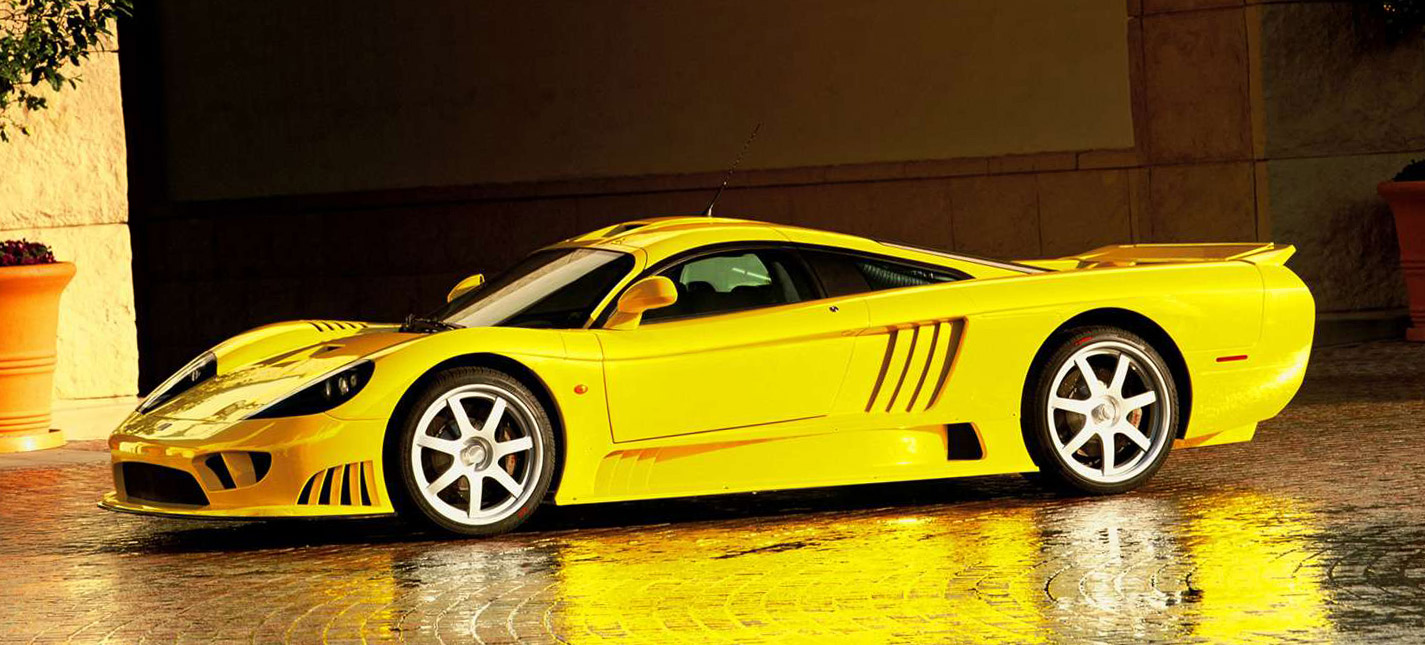
What’s weird is where the S7 came from—Saleen, a small Mustang tuning company based out of Southern California that had never sold a car like it before and never managed to make a successor since.
In the years before Saleen started selling the S7 (and in the years ever since they stopped), they busied themselves modifying and racing ordinary blue collar Fords. If anything, Saleen’s cars were mostly known for their numerous vents, lowered suspensions, and their propensity for being driven by people who consider a backwards baseball hat to be a wardrobe staple for all occasions.
It was incredible that they came up with a car of their own design, let alone one so exotic.
But after several months of research I can say that depending on who you ask, Saleen didn’t come up with the car at all.
The question of where the Saleen S7 really came from began with a mysterious email tip Jalopnik received after my coworker Mike Ballaban posted about Saleen’s current financial situation being, well, less than clear and less than good.
The tip came from a source claiming to be in the Southern California aftermarket industry (remember, Saleen is based in SoCal.) This was not particularly extraordinary; Steve Saleen has involved himself in a number of lawsuits in recent years; plaintiffs claiming he screwed them out of a contract, a car, or a job are not hard to find.
So while this new email had some unkind things to say about Saleen’s business acumen, what really interested me its abrupt and outlandish conclusion, which was unlike anything I’d read before.
The tipster said we should investigate the origin of the Saleen S7. The S7 is one of my favorite cars, and this already caught my eye, but the tipster then boldly claimed to have heard that the S7 started out as a 1980s Group C sports car racer that never saw the light of day from, of all places, Aston Martin.
The Saleen S7 came from an old aborted Aston Martin race car. Let that swirl around your brain for a bit.
On so many levels, this claim seemed beyond belief: Group C was one of the most researched, revered periods in recent racing history. Group C cars simply did not disappear and then reappear decades later as a road car.
But the tipster went on, further claiming that famed Corvette tuner and race car builder Reeves Callaway had the chance to buy this potential Aston, but instead passed it along to Steve Saleen, who then supposedly stole the design without payment.
Normally I would immediately ignore a claim saying that a famous supercar began life as a stolen, aborted Group C racer, but there are some parts of this story that make a lot of sense.
Well, sense isn’t the right word. I can say that are a lot of pieces that seem to fit.
Luckily for me, when we got this email, I had recently finished up researching a history of Aston Martin during the same period, so I was familiar with a few details of what was going on. But all I had were pieces, mixed up, unclear if they fit together.
The first piece was that Aston Martin did indeed have a Group C race car program. It started as a privateer effort that developed into a full factory car, the Aston Martin AMR-1. That’s where you have to start with this mystery.
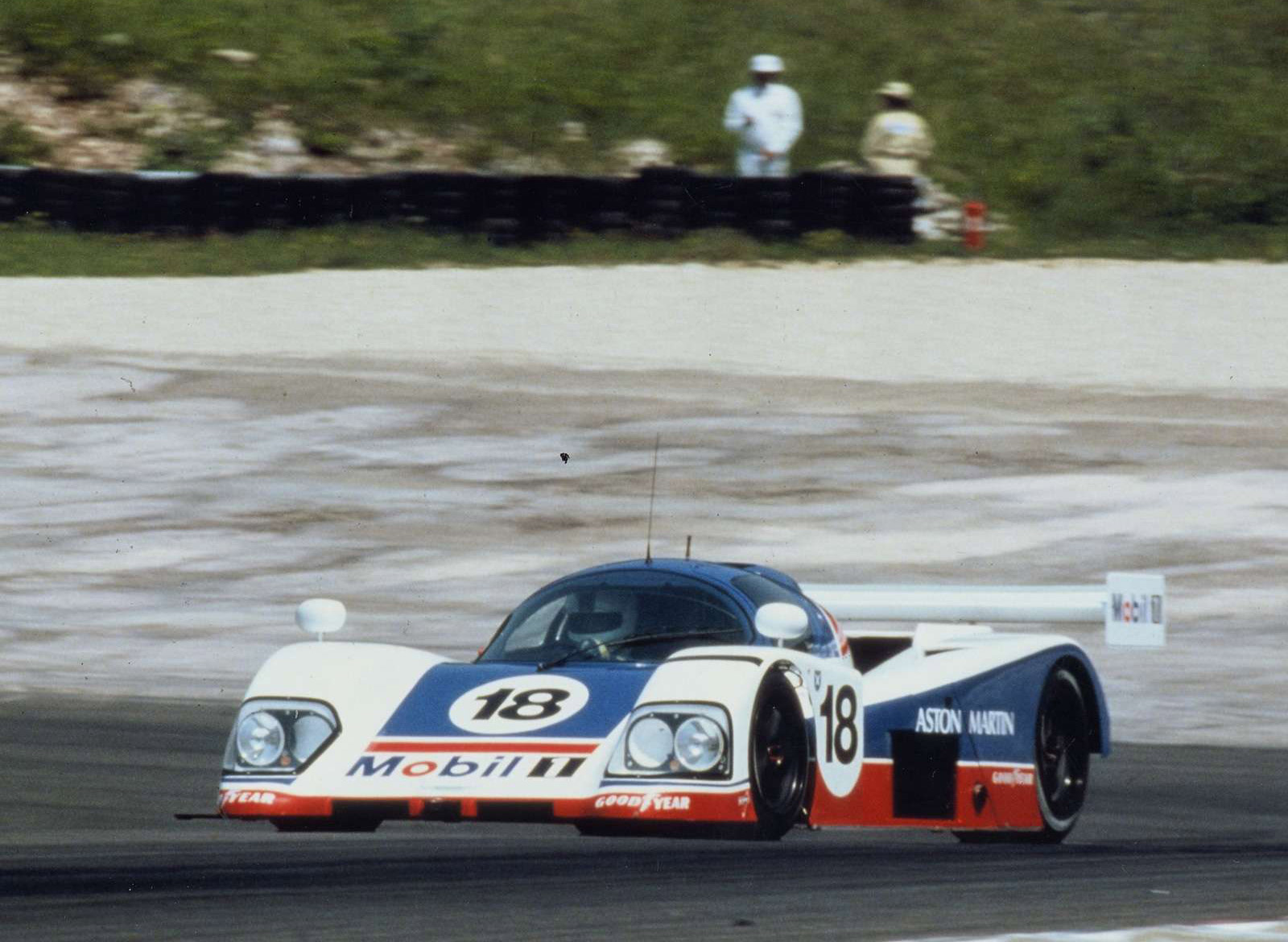
I love the AMR-1. The only toy car I’ve ever had was an AMR-1, and it’s one of the tragic stories of prototype racing’s glory years in the 1980s. The car was wonderfully designed, a fine carbon fiber chassis with a mid-mounted version of Aston’s long-lived V8 engine, initially worked up to 687 horsepower out of 6.0 liters, and eventually 721 out of 6.3.
It only ran in one season and it never won a race, but it did manage to complete the 1989 24 Hours of Le Mans. The Aston team technically ended the season ahead of better-established Toyota in the manufacturer standings.
It’s astonishing the AMR-1 finished as well as it did, as drivers complained of “severe porpoising” at high speed due to the car’s massive ground effect downforce loads. With some tuning and development, Aston looked set to have a strong finish or victory in 1990. The team even had plans for an AMR-2 with redesigned aerodynamics and a more powerful engine.
But Ford killed the program. The company had recently gone from minority shareholders to outright owners of Aston Martin, but they also owned Jaguar. While Aston did alright in its debut season, Jaguar was way ahead.
Jag had won the 1988 24 Hours of Le Mans and it was on its way to more successful years. What complicated things even more for Aston was that in 1989, the organizers of the 24 Hours of Le Mans announced that they were switching to 3.5-liter Formula One engines for 1991. While Ford did have access to a Cosworth 3.5-liter Formula One V8, Ford only blessed one team with it. That one team wasn’t Aston Martin.
Either Ford couldn’t afford to fund two top-flight race programs, or Ford didn’t want two brands and teams dueling for the same spot. Either way, Jag got the engine and Aston didn’t. Aston’s race program died and Jaguar’s lived on.
Jaguar ended up winning Le Mans in 1990, though it later struggled for years in F1 and Le Mans with the Cosworth engine, which turned out to be a disappointment.
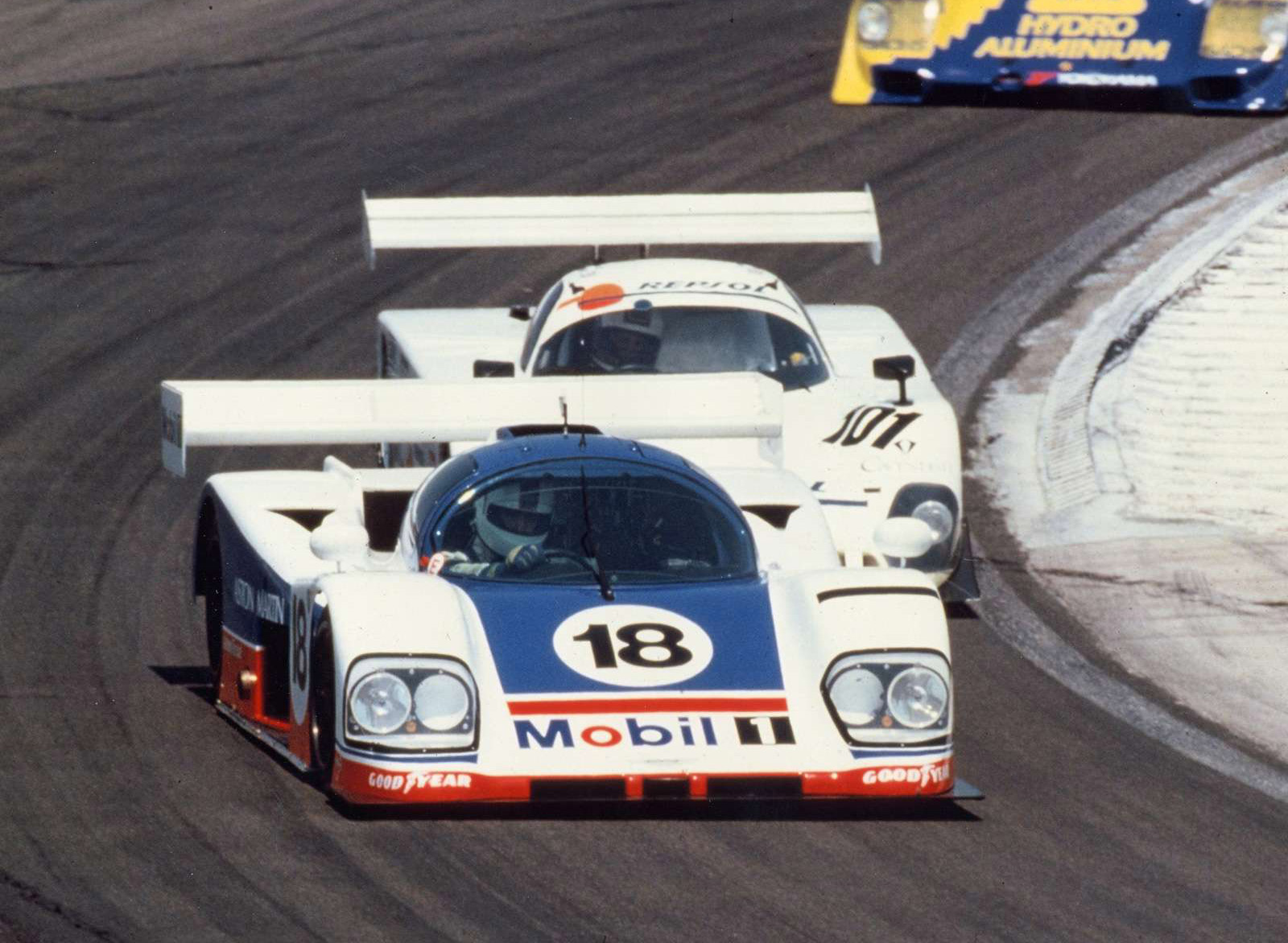
Alain de Cadenet mourned the loss of Aston’s Group C program on his classic show Victory By Design:
This car got mothballed, and in my opinion that is a great, great shame. Because I have driven a lot of these Group C cars, and this is as good as any of them. It had all the qualities for research and development to make it into a car that I’m quite certain could have won Le Mans, had it had the money, the backing to continue.
Amazingly, not only did the AMR-1 and AMR-2 show promise for 1990, but Aston was actually planning on an entirely new chassis called the AMR-3, which never materialized. One of the greatest designers of the time, Tony Southgate, was expected to pen the AMR-3.
That’s our cliffhanger. Now let me explain where the Callaway and Saleen connections come in. This is all true, and doesn’t deal with the rumor. Not yet.
Our first established, factual tie-in is the engine. Aston Martin’s V8 was two decades old by 1989, and the company had to get outside help to turn it into a credible race motor.
Aston called up Cosworth, which is probably one of the best in the business, to do the job of designing the race motor, as well as development of a road-legal version for its upcoming Virage sports car. But Aston didn’t have a lot of money back then, and Cosworth was too expensive. So Aston went to the American engine tuning company Callaway, which built bonkers twin-turbo Corvettes and the like.
Callaway did the job for the right price, and the new Virage and the AMR-1’s engine came from the American company. Now this is where things get even more connected.
Aston Martin in the 1980s was an extremely backwards old company, staffed by grey-haired old men beating panels into shape by hand. Back then, Aston made their styling bucks fully sized out of mahogany, and assembled their cars in a facility more like a shed than a factory. How did a company like that end up producing a capable and extremely modern mid-engined top-flight prototype car?
Well, they worked with Ray Mallock Limited, or RML. Ray Mallock was a racecar builder, and had actually ran and competed in a private Aston Martin-powered Group C car in the mid ‘80s.
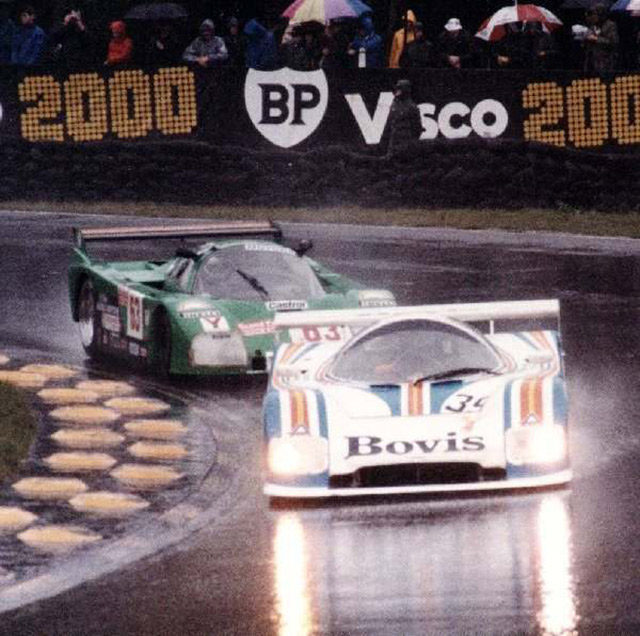
It was only natural that he and his company were the ones who would grow their team into a full factory program. Well, all that racing, and the fact that by the late ‘80s, the guy who sponsored the old RML cars had become chairman of Aston Martin.
There’s a reason why I bring up RML, and its role as the company to design a modern mid-engine car for an old-school company: RML was the company that engineered the Saleen S7.
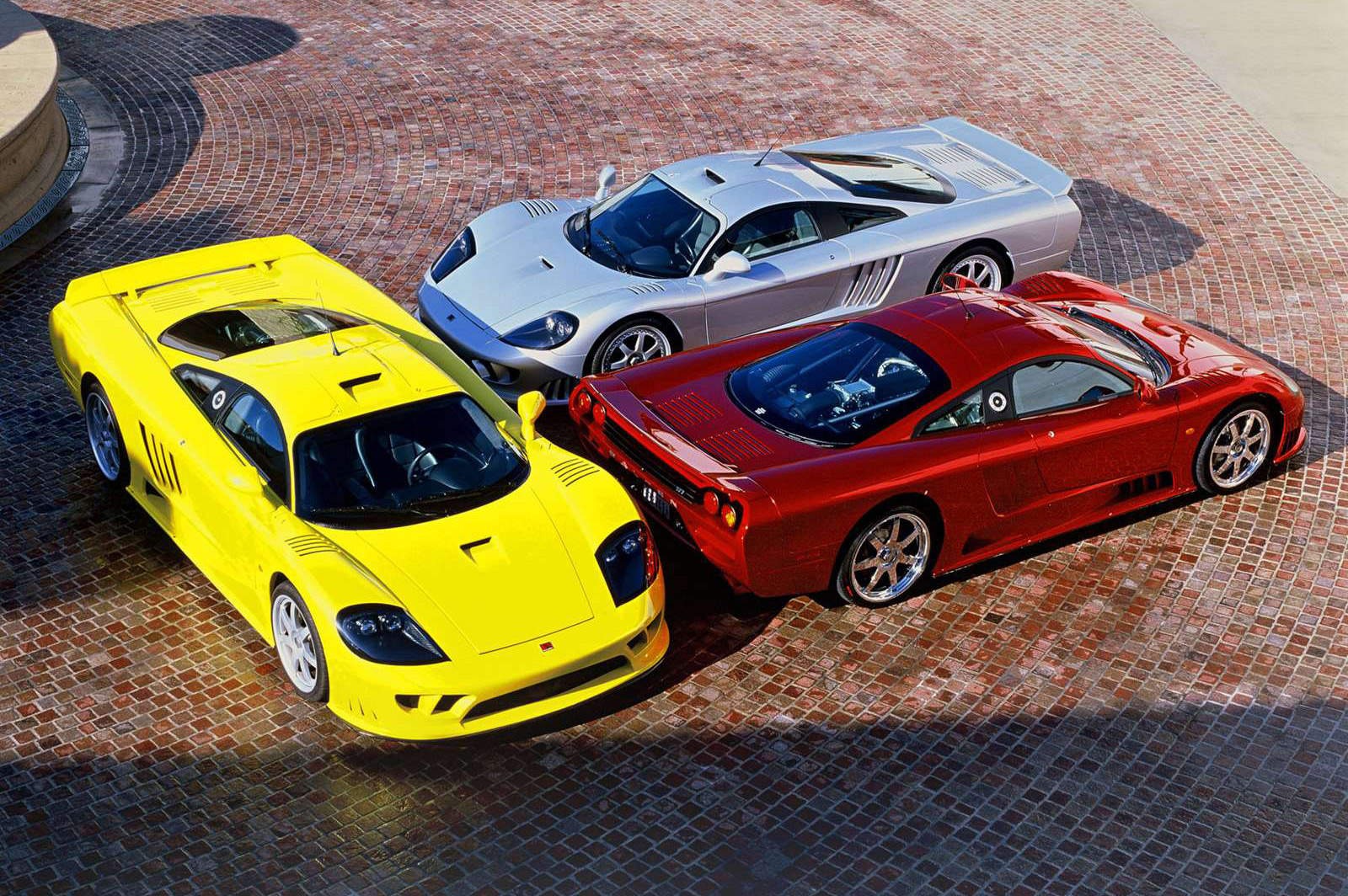
The chassis, suspension, aerodynamics, and just about everything else short of the badges and the engine for the Saleen S7 came from RML. Car and Driver reported on this when discussion Saleen’s role in the troubled development of the Ford GT, and also in its review of the Saleen S7 when it came out. You can read the whole thing right here.
Here’s the relevant bit from writer Aaron Robinson:
For chassis and suspension work, Saleen turned to England’s Ray Mallock, Ltd. The Mallock name is synonymous with a series of front-engined club racers Arthur Mallock built in the late 1960s. In addition to supplying engineering services to fledgling carmakers, Mallock’s son, Ray, now fields factory rally and touring-car teams for Nissan, Opel, and Vauxhall.
Mallock developed the S7’s bird cage of painted steel tubes with aluminum honeycomb sheets that are riveted on for reinforcement. They form the floor, the fire wall, and the front crash box. Mallock also devised the suspension of steel tubes that are the independent upper and lower control arms. They bolt onto the chassis through aluminum billet plates that are designed to shear on impact to isolate the frame from crash energy. At the other end, the control arms grasp aluminum hub carriers. All four discs — 15-inch front, 14-inch rear — are pinched by unboosted six-pot aluminum Brembo calipers.
Mallock took scale models of the S7 to Scotland and the University of Glasgow’s wind tunnel to work on underbody aerodynamics, operating on the theory that “what goes on underneath is more important than what goes on up top.” He insists the S7’s sculpted undertray helps generate downforce equal to the car’s weight of 2750 pounds at 160 mph. That means it could run across a ceiling at that speed. Fortunately for him, no insurance company will underwrite a car magazine willing to test that assertion.
So the pushrod engine was Saleen’s and the body styling was done by Jalopnik reader and designer Phil Frank, but the rest was RML. RML says as much on their website.
Those are all the pieces of this story. Now let’s put them together.
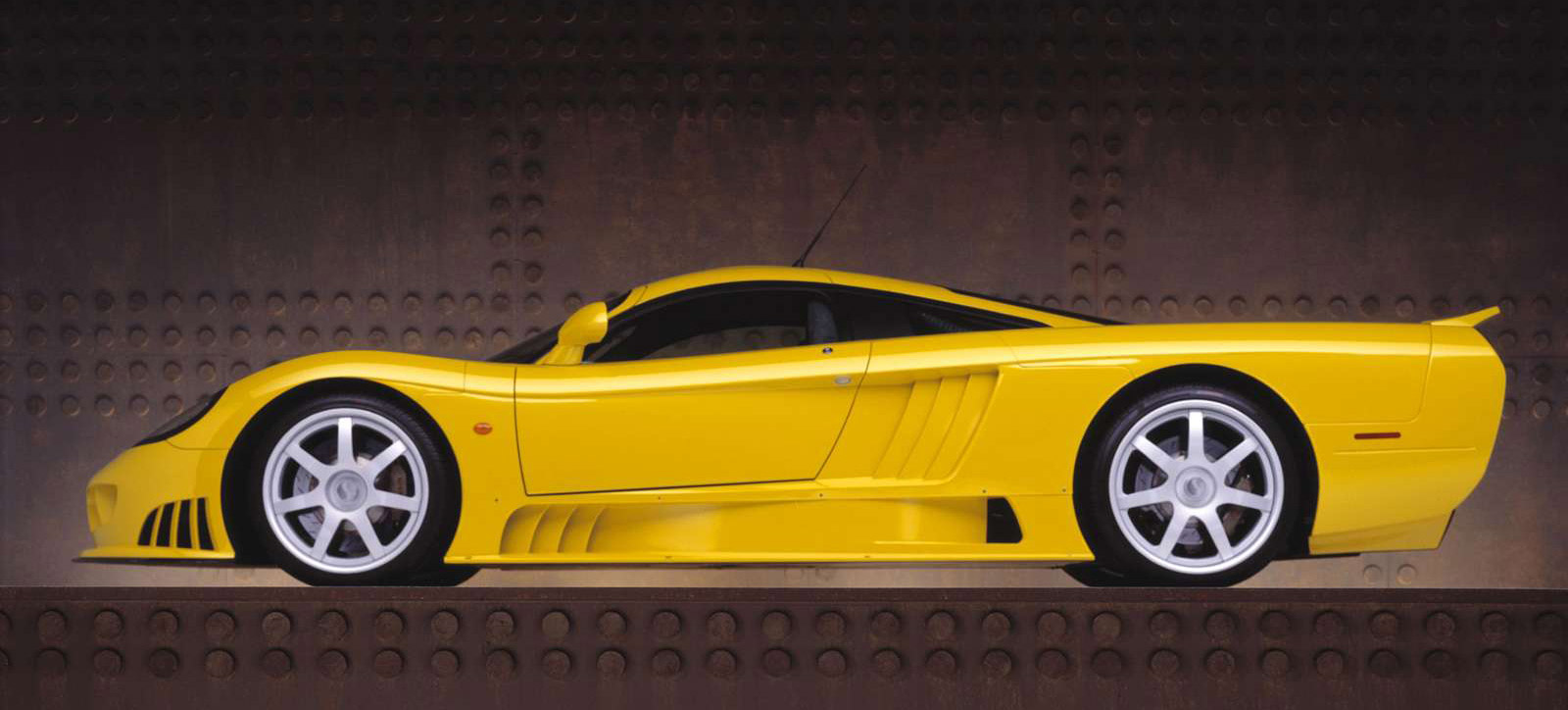
The assertion from our anonymous email is that the Saleen S7 is an aborted Aston Martin Group C car, passed up by Callaway and stolen by Saleen.
As you’ll note, these pieces seem to align, but they don’t come all the way together. It’s possible for this story to be true, but there’s no supporting evidence whatsoever.
Particularly troubling for the “stolen plans” theory is that all of Aston’s Group C cars were built on carbon fiber and kevlar monocoques made by ex-F1 designers. The Saleen S7 is an old school tube-frame beast.
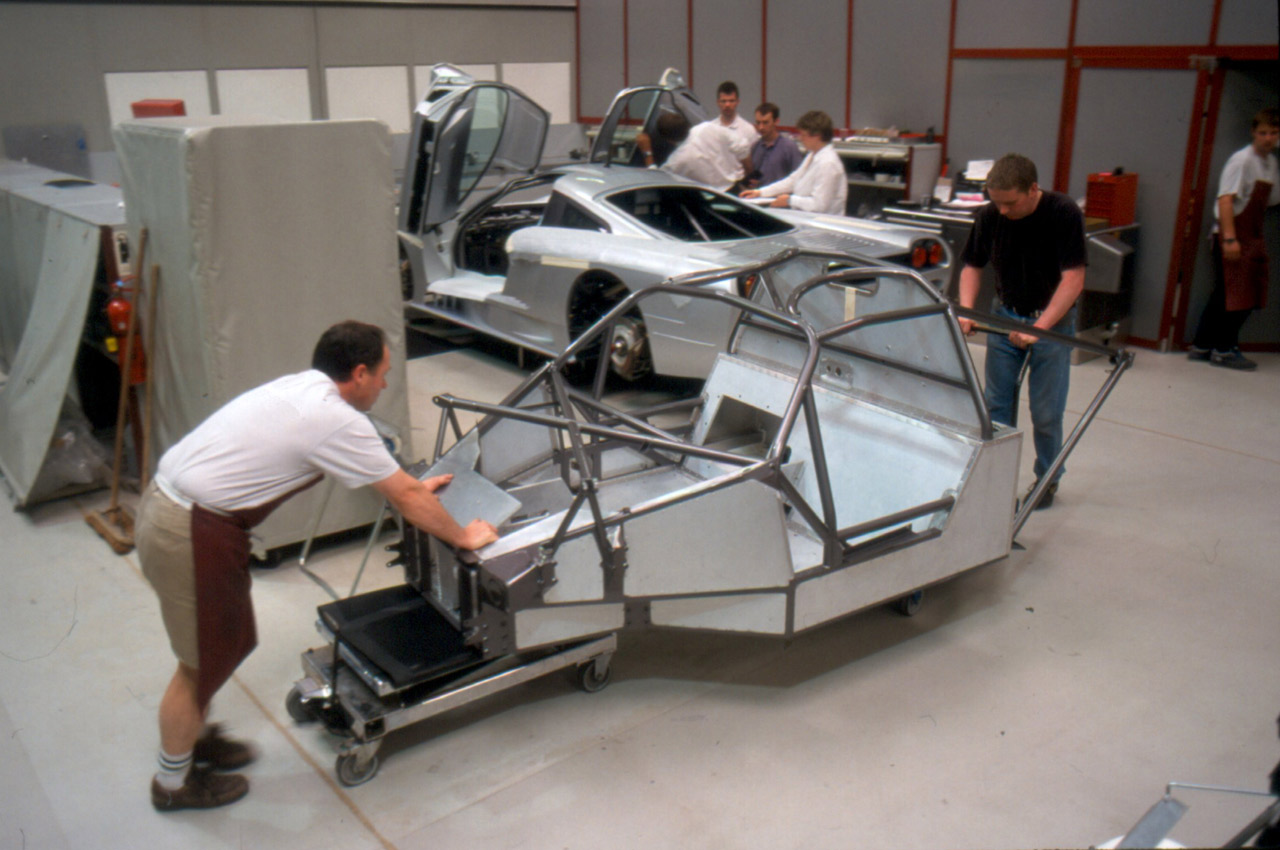
There’s no way a car like the Saleen S7 could have competed as a prototype at Le Mans in the early 1990s, as our tipster seemed to imply in that original email.
But there are lots of holes in our proof against this emailed theory, just as there are holes in its support as well. Maybe there was some kind of aborted Aston race program developed by RML that did end up becoming the Saleen S7, only not in the way that the email described.
The S7 may not be a dead Group C car, but it does look like a later GT1 car. Aston Martin ended up turning the DB9 into a class-winning GT1 car in the 2000s. Saleen raced in the same category, again with RML design with the S7R. Could the S7 be tied to some other aborted Aston-powered 1990s or 2000s program we’re missing?
We might not be looking at exactly a zombie Group C car for the road, but there may be some truth in this email, some kind of deal done behind closed doors.
With these thoughts in mind, I called all of the main characters in this story for comment.
And this is where things only became more muddled.
The first call went to the original tipster, who fleshed out this unusual claim with a few more details.
The tipster said that the plans for the aborted Aston allegedly made their way to Saleen by way of Reeves Callaway’s wife, Sue Callaway. She was editing MotorTrend at the time, and on a test drive of a Saleen Mustang with Steve Saleen himself, they ended up at Callaway’s house. Reeves Callaway was apparently looking over the plans for the Aston given to him by Ray Mallock.
Since Reeves was busy with the development of his own race car at the time, the mid ‘90s C7, he passed on the project, offered it to Steve, and Saleen bought it up.
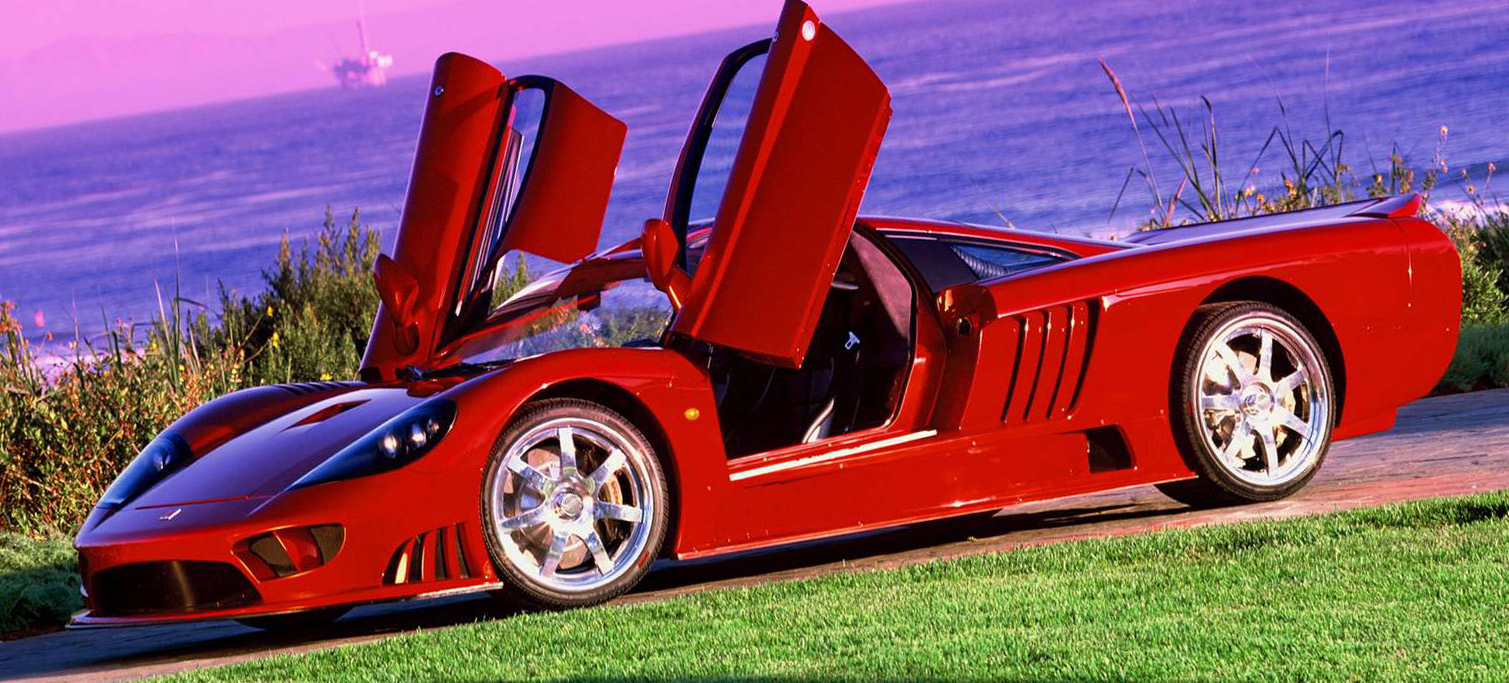
The idea of the Saleen S7 starting its life over a chance lunch meeting in a hillside SoCal home was too much for me to believe on its own. Not sure how to handle this allegation, I called Reeves Callaway.
“There’s really no mystery,” he told me. “I can give you the absolute correct and verifiable view.”
I would later find out that I was not able to verify his views, and they were far from absolute.
At first, Reeves went over what I already knew, detailing exactly how the Aston Martin Group C program grew from a privateer program to a factory effort. Callaway was involved early on, and he was familiar with all of the key players.
There was nothing that you can’t find in this book, at least, until he started talking about what he claimed happened to Aston’s proposed replacement for the AMR-1.
We saw the handwriting on the wall that said the Group C regulations would change for 89, Ray [Mallock] and Max [Boxstrom, ex-F1 engineer and man behind the AMR-1 design -ed.] drew a new car, and proposed it to Aston. Aston was just about to sign off on the program, and the company was sold out of Peter [Livanos]’s hands into Ford’s hands. Ford consolidated the racing into one brand, which was Jaguar, so Aston was out to pasture.
But the design of the car existed, and Ray was searching for a customer.
Callaway went on to say that Mallock asked him if he knew anyone interested in taking on the development of this orphaned design, and Callaway claimed that he introduced Ray to Steve Saleen.
I don’t remember whether Ray and I went to Laguna Seca together or not, but there was some opportunity to whisper in Steve’s ear, that there was this program, there was a deal to be done.
Callaway then went on to note that the Group C was big money in those days, and neither he nor Ray had the resources to carry on Aston’s program alone, which is why they shopped it to someone else. Maybe Reeves regretted the decision, noting: “Several years later, Ray would come back to me and say I would curse the day you introduced me to this Saleen guy. Of course, because you don’t rid yourself of that reputation.”
Reeves concluded, “Steve just bought the whole [Aston Martin] package, as designed, and had Ray build the first cars.”
My head spun when I heard that. The Aston Martin theory made no sense, and there seemed like no way in hell that Reeves Callaway, one of the people involved in the project, would back it up. And there was still the unaccounted-for hole in time in what Reeves was telling me.
So I asked how exactly the timeline went from 1989, when the Group C program ended, to 1999, when Mallock started working on the S7. How could he account for those unexplained ten years in the middle of this story?
Reeves told me that these questions were best answered by Mallock himself, and he gave me Ray’s contact information.
“I think you’re on the right track,” Reeves told me. “Keep pressing for the truth here.”

So I called Ray Mallock, and he did indeed give me a very detailed timeline of both his work, and his company’s work through this period of time. But it completely shut down any possibility that the aborted Aston morphed into anything with a Saleen badge.
“There was no direct linkage between that car and the Saleen,” Ray explained not once, but twice for emphasis. “The RML linkage is the only thing, our engineers and technicians involved. There was no blueprint, IP, or concept carried over.”
From 1983 to 1990, Ray Mallock and his employees developed the race program that ultimately produced the AMR-1, starting in the lower C2 series, then gaining an Aston Martin engine, then getting full factory support in the top C1 class. RML had just moved out of their old headquarters in some agricultural buildings and into a new, clean industrial space for the first time when Aston lanced their Le Mans dreams. They just didn’t have the money to build a new engine, as Ray repeated.
The company was left with a highly qualified staff, but with no race program for them to work on. In the meantime, they built Ford GT40 replicas. Well, briefly. RML had time to build a mere six of them.
It wasn’t long before RML got back into the business of building contemporary Le Mans cars for Nissan. RML’s cars had no connection to the AMR-1, Ray noted, but they were so good that they were well on their way to claiming overall victory for Nissan in the 1990 24 Hours of Le Mans.
They were not only faster than the Jaguars that eventually took the win, RML’s Nissans used less fuel. (In fact, RML’s Nissans were so fast that one was the third fastest car at the 24 Hours of Le Mans in 2014.)
At five in the morning during the 1990 race, RML’s fuel tank split. It was a problem that Nissan’s European team had discovered during testing, but they had not shared their information with the RML working out of America. Ray did not sound particularly pleased about that point when I had him on the phone.
“I tried to persuade Nissan to return in ‘91,” Ray noted, “but that didn’t happen.”
RML then launched right into running factory team efforts in the revered glory years of the British Touring Car Championship. They first worked with Vauxhall, then switched over to Nissan for a three-year contract starting in ‘96. And they did well with it. RML-run Nissans won the BTCC in 1998 and 1999.
With these back-to-back wins, Nissan let the contract end. This was fine for Nissan, but once again RML was left with plenty of talented staff with nothing to do.
“They were looking for a project,” Ray remembered, “and they found Saleen.”
With so much available and clearly talented staff, RML did the work on the S7 immensely fast. The initial design work on the car was done in a month. They worked with Saleen to pick out the concept for the car, moving from Saleen’s initial idea of a front-engined layout to a mid-engined one. RML used Saleen’s styling staff and two-valve engine, but the rest was RML, according to Mallock himself.
It was this single focus from RML’s staff that had the Saleen S7 spring up out of nowhere. It was not any past work pulled from a dead AMR-2 or a conceived AMR-3.
Mallock’s timeline convinced me that there were no direct ties from any long-gone Le Mans program to the Saleen S7, but I needed to just make sure with the last person involved: Steve Saleen himself. So I gave the guy a call, and explained the whole rumor as told to me.
I nearly got the final conclusion I had hoped for.
But not quite.
“There’s not any truth to any of what you’re saying,” Steve said, after a weighty pause.
Steve was confused and a little bit offended by the Aston Martin rumor. It was clear he loved the car, that he saw it as a validation of all his work in the automotive business. The guy talked about the S7 like it was his baby, which makes sense, given how the mighty supercar bears his name.
According to Steve, the idea for the S7 came after Saleen had basically done all they could do with the Mustang. Their modified Mustangs swept the 1999 Grand-Am GTO team and driver’s championships, and claimed their fifth-straight manufacturers’ championship.
The Saleen Mustangs had been chopped and channeled, lengthened, with a new independent rear, center-mounted push/pull suspension, and even a new Saleen motor. It had “some basis of Ford,” Steve told me, “but it was really our own engine.”

He explained further. “During the course of that we had really pushed the envelope of what the Mustang was as far as it could be pushed,” he said. “If we were going to compete at a higher level, we would have to have a street car. We’d need a car that could compete against Corvette, Viper, all the other ones.
“When we took Mustangs in 1997 to Le Mans, we were parked next to the garage with the McLaren long tail GTRs. From an American standpoint we had an opportunity to do something even better,” he said.
And so that was the genesis of the S7, Steve told me. He went on to say that at Le Mans, staring at the best Europe could offer, he believed that an American small-block pushrod V8 could produce similar power as the more complex dual-overhead cam multi-cylinder engines used by those exotic European manufacturers. The trick was that the American pushrod engines were physically smaller. This gave Saleen a huge theoretical advantage in terms of how they packaged the car for aerodynamics, weight distribution, and center of gravity.
Using “American ingenuity,” Steve said, he could make a car even more agile than rival supercars from the exotic establishment.
And the principle worked. In 2004, the Saleen S7 race car (called the S7R) beat none other than Ferrari at Ferrari’s home track. Steve himself recounted how Ferrari flew in reporters and VIPs to the race held at Imola, in Italy, even entertaining them with an entire circus constructed by the track.
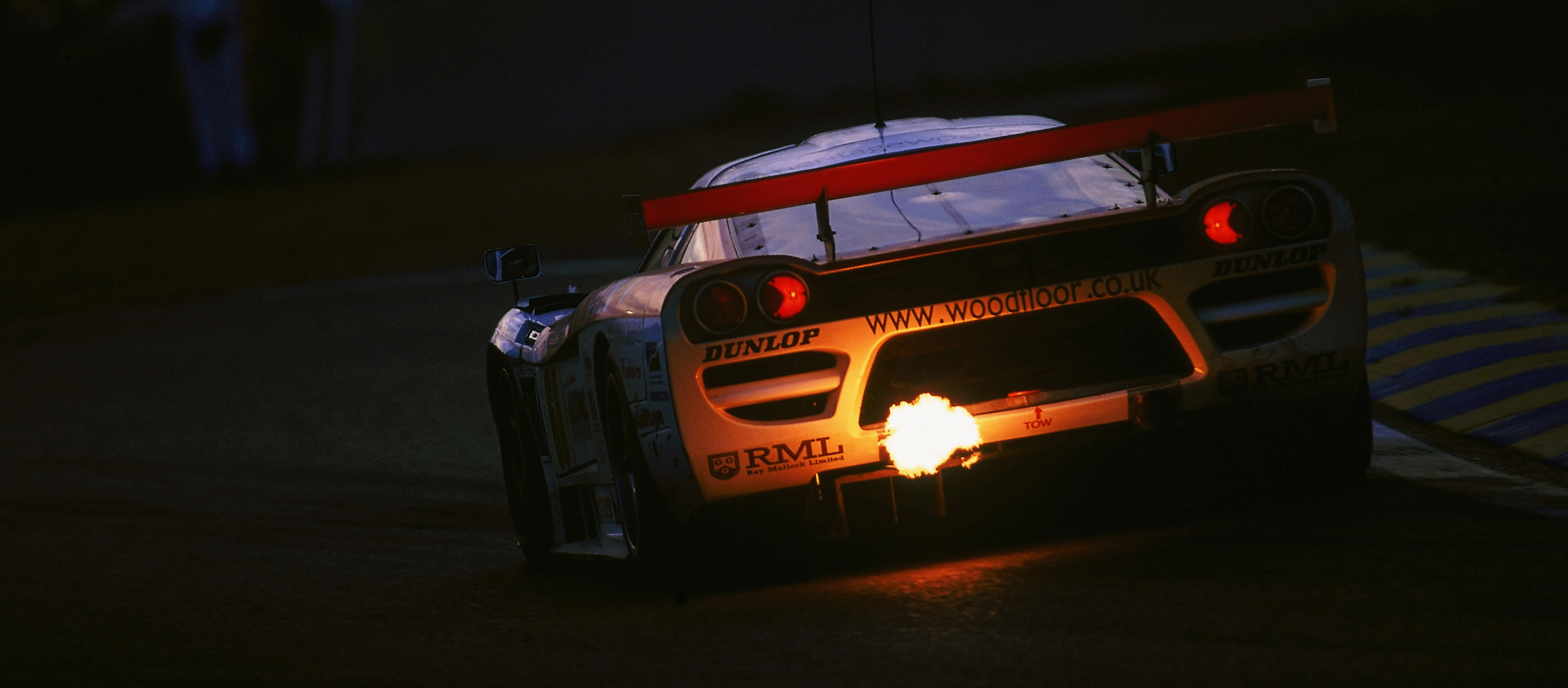
The S7R raced against two Maserati MC12s (which weren’t much more than thinly disguised Ferrari Enzos), three Ferrari 550s, and a pair of Lamborghini Murcielagos to round out the Italian supercar opposition.
And the Saleen won.
“We were no match for the Saleens today,” Ferrari’s then-CEO Luca de Montezemolo said at the time. I consider it one of the greatest upsets in auto racing history.
And while that’s a clear explanation of how Steve’s vision for the S7 worked out, it doesn’t account for how the car made it into production. But Steve had an answer for that. It’s one thing to simply modify an existing vehicle on sale; it’s another to get a new design to pass a country’s safety and emissions regulations necessary for sale.
Steve was happy to explain how Saleen, a tuner company, could get such a fully-formed car into production so easily.
“At the time most people did not understand, most people don’t understand today, as modifiers of the Mustang, we had to certify it,” he said, explaining that Saleen already had experience with America’s regulating bodies. Saleen’s tuned Mustangs had passed through the same government hurdles as the S7.
“We certified with NHTSA, with the EPA. So stepping up, instead of like Shelby stuffing a bigger engine into the AC with the Cobra, we had the capacity for meeting all the certification requirements for making our own car,” he said.
Everything up to this point in our phone call made sense. But then Steve started to run against the narrative I’d found going through previous reporting on the Saleen and talking with Ray Mallock.
Steve claimed that Ray Mallock did not do any design work on the car. Steve asserted, very clearly and plainly, that RML was only a “parts supplier.” According to Steve, Saleen only put out a bid to three companies to produce Saleen’s own design of the S7 and RML won out. In Steve’s narrative, the S7 was all his own company’s achievement.
But that doesn’t line up with everyone else involved in the project told me—particularly Phil Frank, the man who was responsible for the styling of the S7.
You see, Phil was actually the very first person I reached out to for comment on the rumor, an email I sent back in May. In his words, the S7 had a much more pragmatic and much less dreamy beginning than Steve remembers.
More to the point, RML was much more involved than Steve might like to admit. “This is Steve Saleen,” Phil wrote. “Smoke and mirrors.”
Phil wrote this:
When Saleen was racing the wide body SR Mustangs they found the amount of time, work and cost to deconstruct a body in white chassis and then rebuild it with thicker steel, suspension, powertrain, new body, etc, etc, and then homologate was not the best way to go.
So Saleen Inc. hooked up with RML as they had race car engineering capability and they were likely cheap, and Saleen Inc. at the time was in no way capable.
In that first trip to the UK, Phil explained, Steve was adamant that they should “make a front engine American car,” and it took some convincing to get him to settle on a no-compromise mid-engine layout.
“I had actually provided a round of front engine concepts,” Phil wrote to me, “but had kept the mid-engine stuff in my back pocket.”
Phil described the months of work on the design between him, Saleen, and RML as “a great collaboration between all of the teams.” Frank was particularly proud that his work on the S7 made it, as he claims, “the first production car to be developed completely on the computer with no full size model ever made.” Absolutely incredibly, Frank explained, he did it all on an evaluation version of the software he had.
RML worked on the packaging for a couple of weeks while I worked in the design in sketch and 2D CAD.
We returned a month or so later to collaborate with RML and talk to ACO about rules. Funny story, so I was using Rhino3D v1.0, which was almost still in Beta for 3D CAD. I didn’t have a laptop back in 1999, so I told RML to download an evaluation copy with 25 saves for me while I was there. So we showed up and they have this sketchy PC and 15” monitor for me to use, and 25 saves…
After we negotiated and settled on a side profile and rough packaging, Steve and Billy flew to France to discuss with ACO and left me with the engineers so I can pull a couple of all-nighters roughing in the 3D body surfaces, with 25 dwindling saves…. I think there were one or two left before giving them the first pass volume for wind tunnel and chassis development before I headed back to Portland, OR.
This story of collaboration and almost impossibly quick work lines up with Ray Mallock’s account, and makes more sense than Steve’s lone wolf pronouncement.
Steve told me he plans to release a complete book on the S7 soon, which he believes explain these questions and comprehensively detail the car’s origin. But I’m worried about it dominating a discussion that’s not totally resolved.
I mean, I spoke to all of the major parties involved with the car’s origin, and nearly all of those sources disagreed with each other.
To me, the fundamental points of the S7’s story are pretty clear. It was a rare and fortuitous alignment of an eager, top-of-his-game American tuning expert with a supremely experienced and very available European race car shop. That is why it popped up so quickly, and that is why it disappeared as abruptly as it arrived.
All of this behind-the-scenes work, coupled with the car’s seemingly out-of-nowhere arrival on the supercar market, sort of lends itself to oddball speculation like the Aston Martin rumor.
If there are any lessons to all of this, it’s that building a supercar isn’t easy and that its genesis is never clear, though sometimes it looks that way from the outside.
That, and there’s always someone willing to spread a rumor about Saleen.
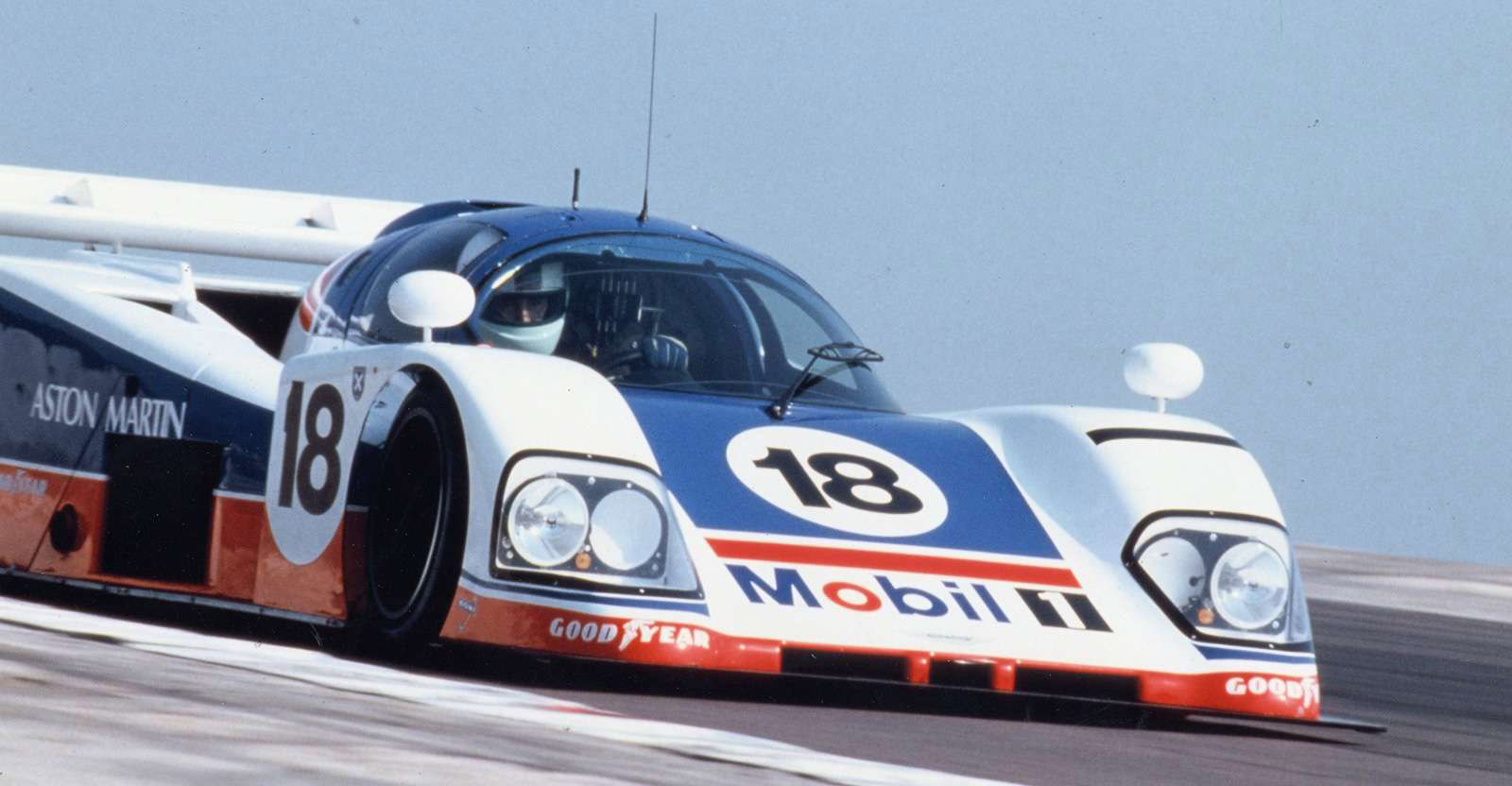
Photo Credits: Top graphic by Sam Woolley, other images sourced from Getty Images, Saleen, the Saleen Owners and Enthusiasts Club, Fox News via 11reynard11 on YouTube, RML, and Aston Martin
Click here to participate in the discussion.
[Source: Jalopnik]
CORONA, CA–(Marketwired – Nov 24, 2015) – Saleen Automotive, Inc. (OTCBB: SLNN) (the “Company”), an American specialty manufacturer of high performance vehicles, technical performance parts, lifestyle accessories and apparel, is pleased to provide the market with its results for three and six months ended September 30, 2015. The Company’s full report on Form 10-Q is available in its entirety at http://edgar.sec.gov/.
Key financial results for the three and six months ended September 30, 2015 are summarized herein:
Net loss for the three and six months ended September 30, 2015 was $825,038 and $1,206,131, respectively, compared to a net loss of $2,083,705 and net income of $902,279 for the three and six months ended September 30, 2014, respectively. The net income for the six months ended September 30, 2014 included non-cash gains of $2,586,732 and $2,473,210 related to an extinguishment of a derivative liability and change in fair value of a derivative liability. Excluding these gains, net loss for the six months ended September 30, 2014 was $4,157,663.
Net cash used in operating and investing activities were $164,273 and $8,811, respectively, for the six months ended September 30, 2015 compared to $1,714,196 and $224,859, respectively for the six months ended September 30, 2014. At September 30, 2015 we had cash on hand in the amount of $14,999. As discussed further in our current quarterly report on Form 10-Q filed on November 23, 2015, we will need and are currently seeking additional financing to fund our operations and development. To this end and as further discussed in our Form 10-Q and Form 8-K filed on October 21, 2015, in October 2015 we entered into a Binding Letter of Intent with SM Funding Group, Inc. (“SM Funding”) whereby SM Funding will purchase from us up to $2 million but not less than $1 million of senior convertible secured notes. In addition, we agreed to offer SM Funding or its affiliates up to $10 million of Preferred Stock. Over the next few months, we will be working with SM Funding to raise funds to grow our business and help achieve our objectives.
“Our financial results for the three and six months ended September 30, 2015 are in sync with our continued growth in expanding our markets, as well as tailoring the business for efficiency,” stated Steve Saleen, CEO, Saleen Automotive. “We have continued to grow our volume and distribution network, and also have increased our sales of performance parts. While we haven’t grown revenues as quickly as I’d like due mainly to delays experienced during the six months ended September 30, 2015 in obtaining tooling and other parts for our 2015 Saleen Mustang, volume on a year over year basis has increased positively as we have continued to receive enthusiasm for our new Saleen Mustang which we have turned into orders. With the help of SM Funding and success of our Saleen Mustang, we anticipate further growth in sales of vehicles and aftermarket sales,” added Saleen.
Saleen uses the following outlets to provide updates from time to time to the public regarding its business and operations:
Facebook: https://www.facebook.com/Saleen
Company website: www.saleenautomotive.com
About Saleen Automotive, Inc.
Saleen is an American specialty manufacturer of high performance vehicles, technical performance parts, lifestyle accessories and apparel. Founder Steve Saleen has continually set the bar for automotive design and performance engineering in both street and racing applications. Saleen plans to utilize its existing strategic partnerships and dealer network to refine its design and engineering prowess, continue development of emerging automotive technologies, and expand its presence nationwide with a combination of automotive retail services, aftermarket parts and new vehicle sales to build significant long-term value. Learn more at www.saleenautomotive.com.
Contact Information
Media Contact:
Molly Saleen
(714) 400-2121
Click here to participate in the discussion.
[SOURCE: Saleen Automotive, Inc.]
PHOTOS & TEXT: MUSCLEJUNKIE
Just some pictures of a recent beach trip with Big White. Wanted to see how the AWD would perform after adding the 18″ Speedline 1908 Saleen Magnesium Rims and the 2″ lowering.
Click here to participate in the discussion.
From our friends at Saleen Automotive.
Hello Bluetiful.
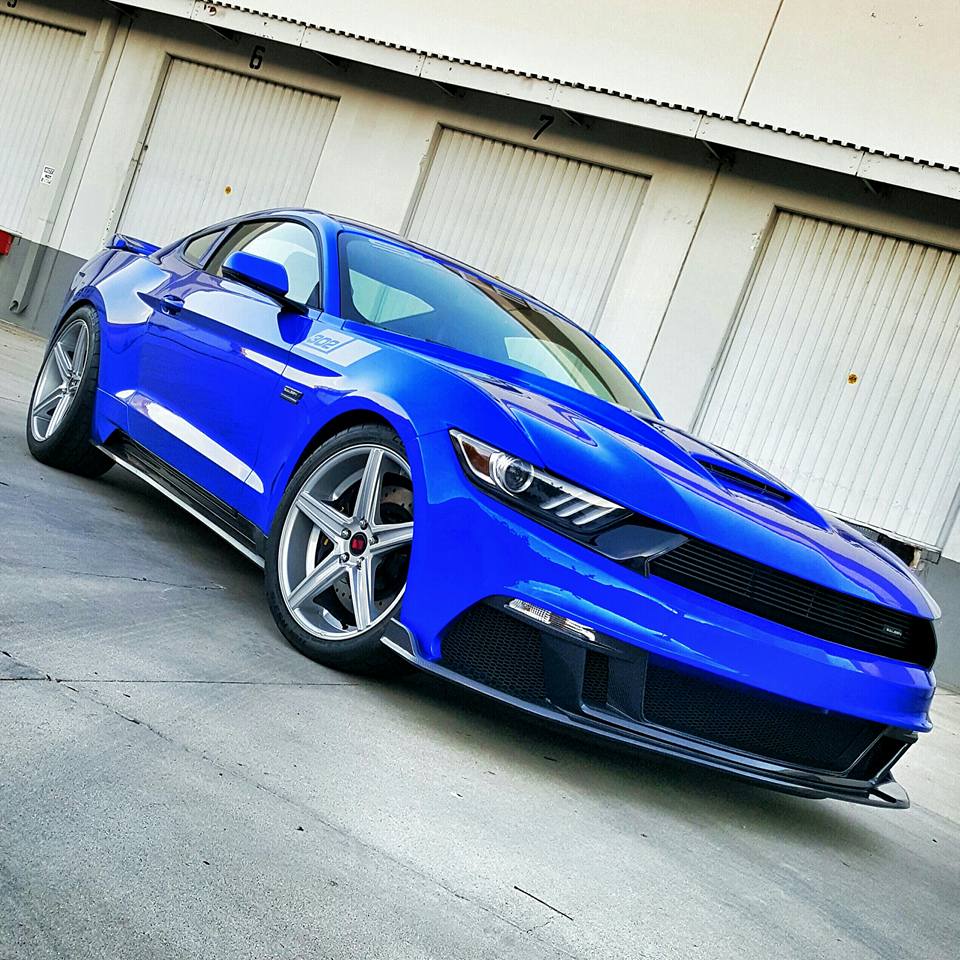
Click here to participate in the discussion.
[Source: Saleen Automotive]
From our friends at Saleen Automotive.
A salute to our Veterans. Thank you for serving our country!

Click here to participate in the discussion.
[Source: Saleen Automotive]
PHOTOS: EAGLE ONE, MIKE BERG, JIM DVORAK, SPECRACER
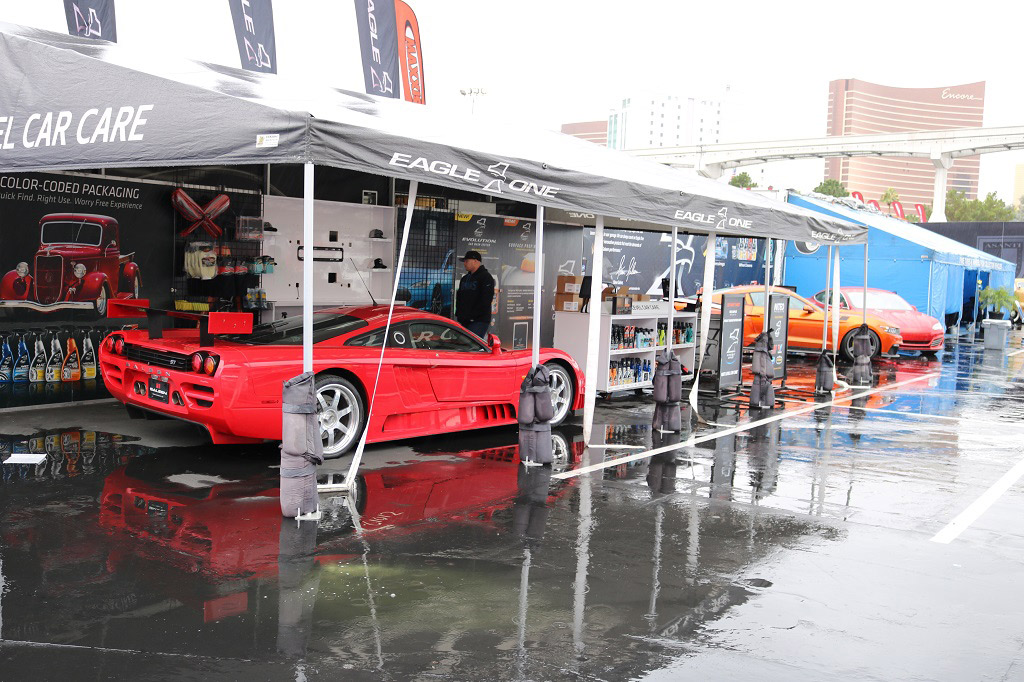
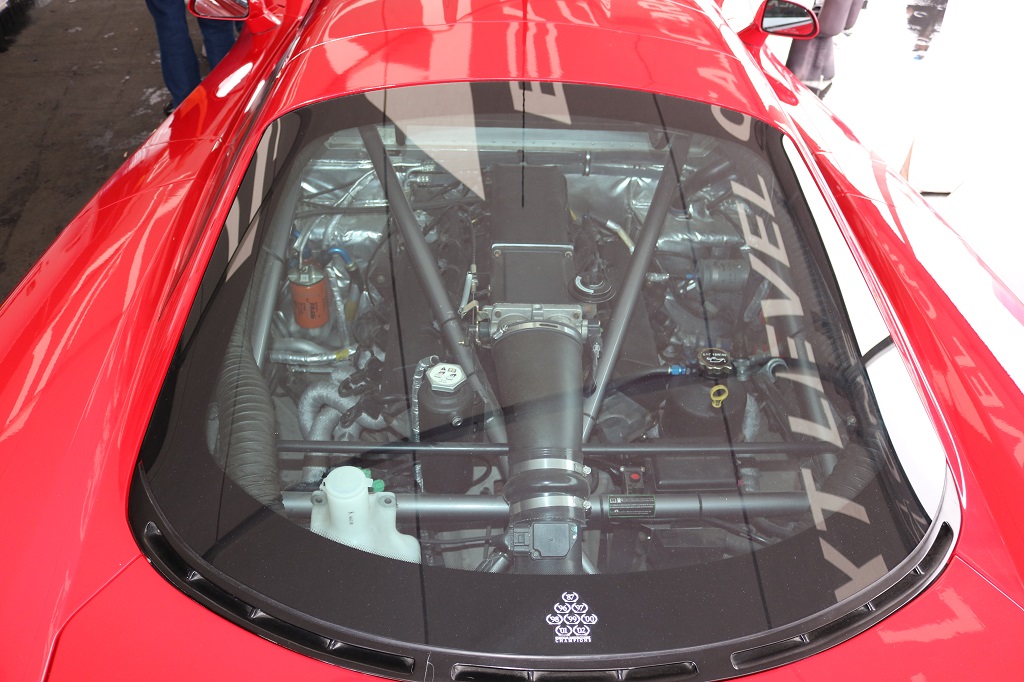
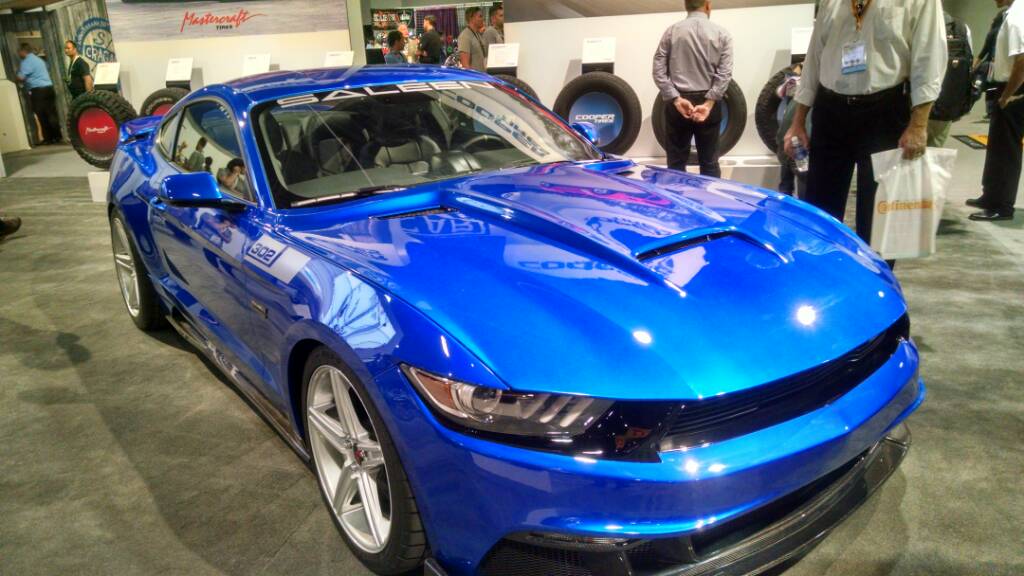
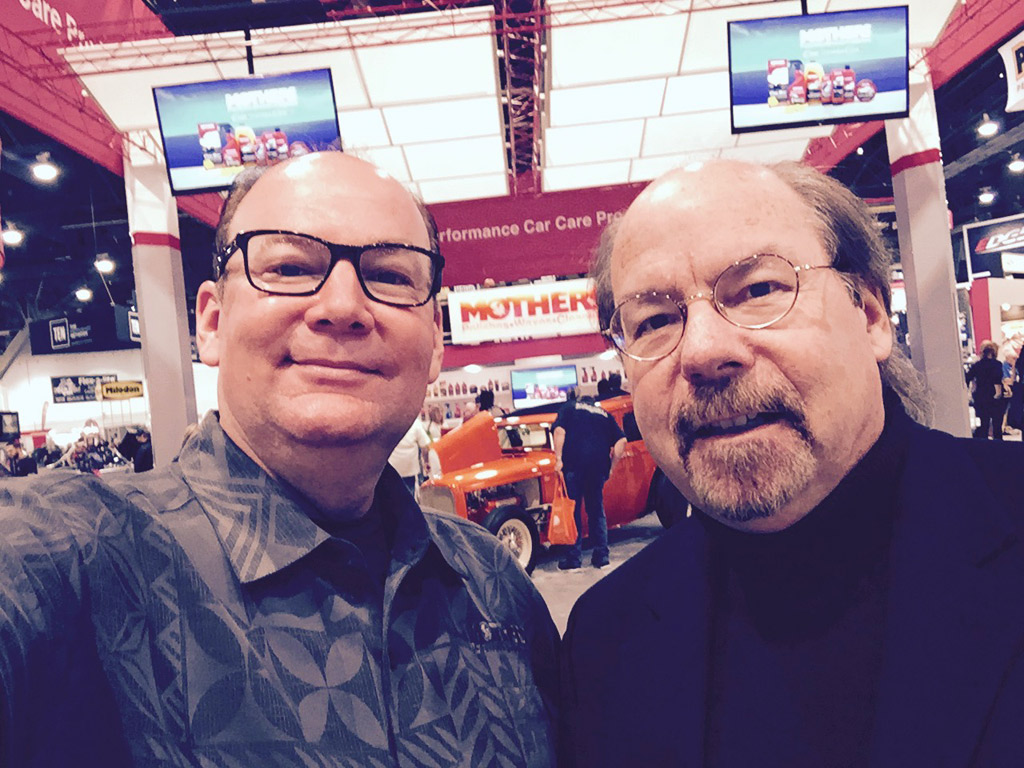
Click here to participate in the discussion.
[Source: Eagle One, Mike Berg, Jim Dvorak, Specracer]
PHOTOS: SALEEN AUTOMOTIVE
TEXT: DOSOCHO
My Yellow Label finally competed and shipping!!! Can’t wait to get it!!!
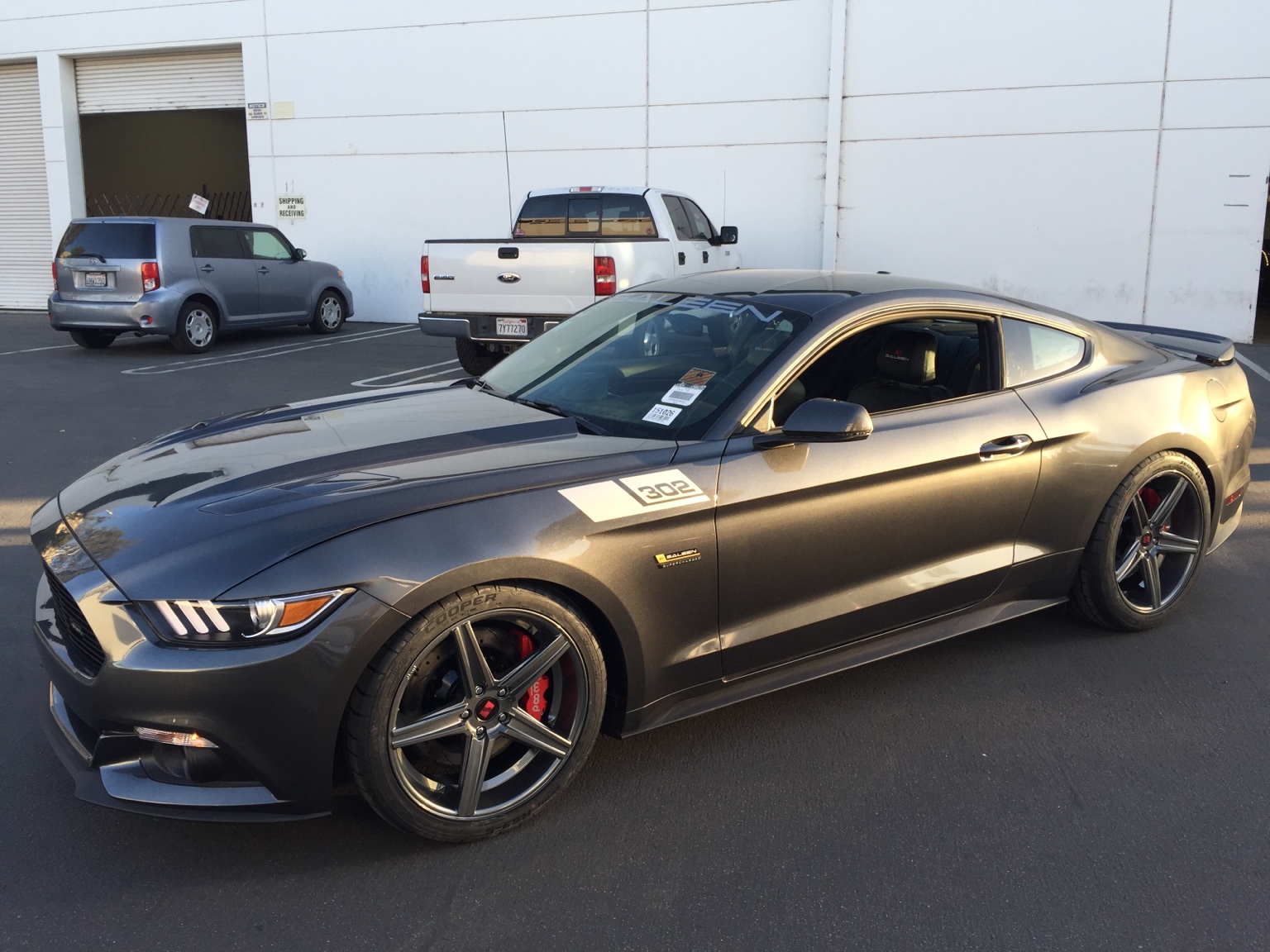
Click here to participate in the discussion.
[Source: Saleen Automotive]
From our friends at Saleen Automotive.
He brought his horse so we brought ours.
We hope you have a happy and safe Halloween!
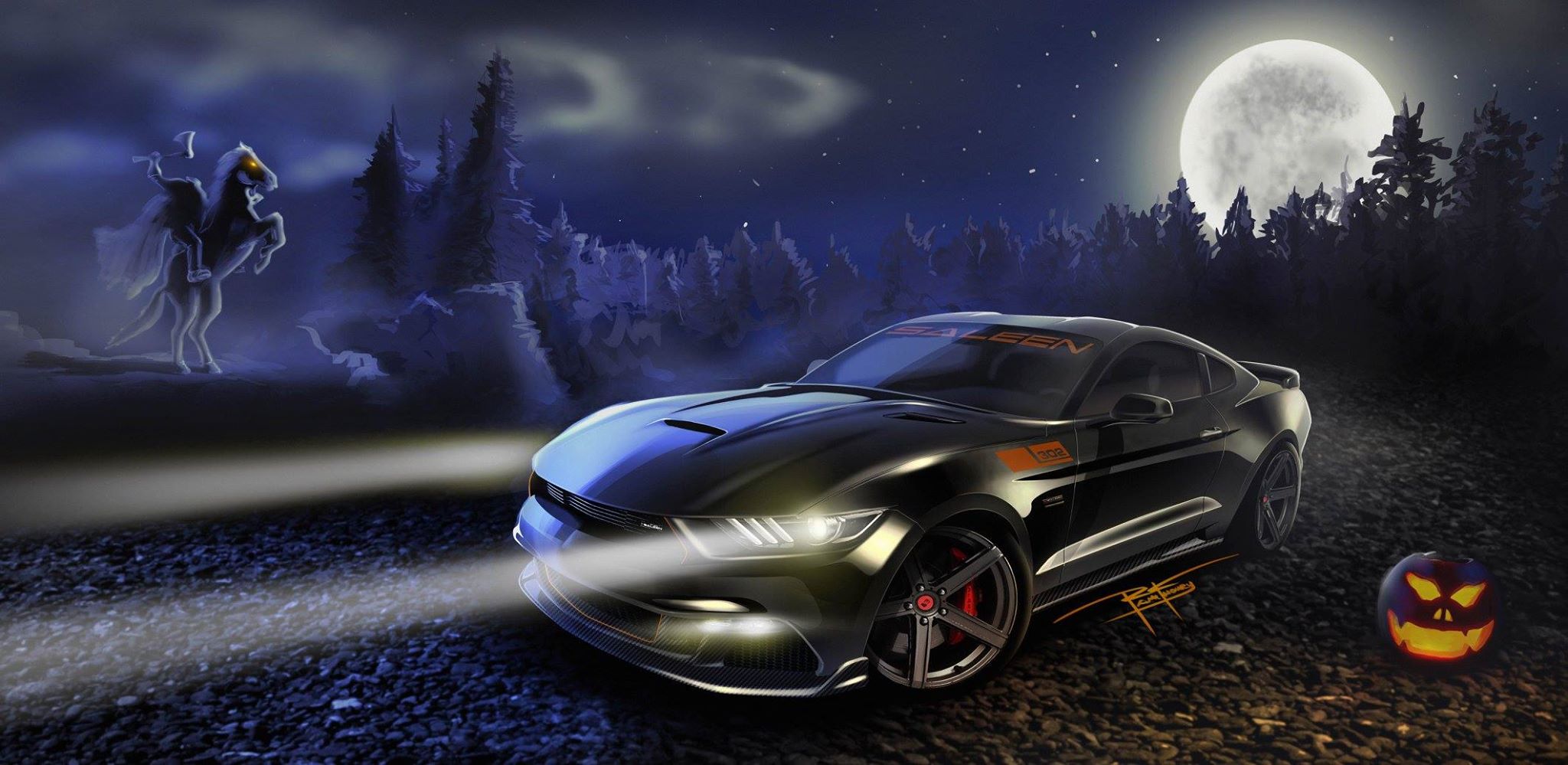
Click here to participate in the discussion.
[Source: Saleen Automotive]
From our friend MustangConnection1.
Published on Oct 29, 2015
2015 Saleen Black Label Mustang Steve Saleen Interview Ponies at the Pike 2015. Mustang Connection caught up with Steve Saleen, founder and CEO of Saleen as we talk about their newly released Mustang Black Label 2015 Saleen.
Click here to participate in the discussion.
[Source: MustangConnection1 via YouTube]